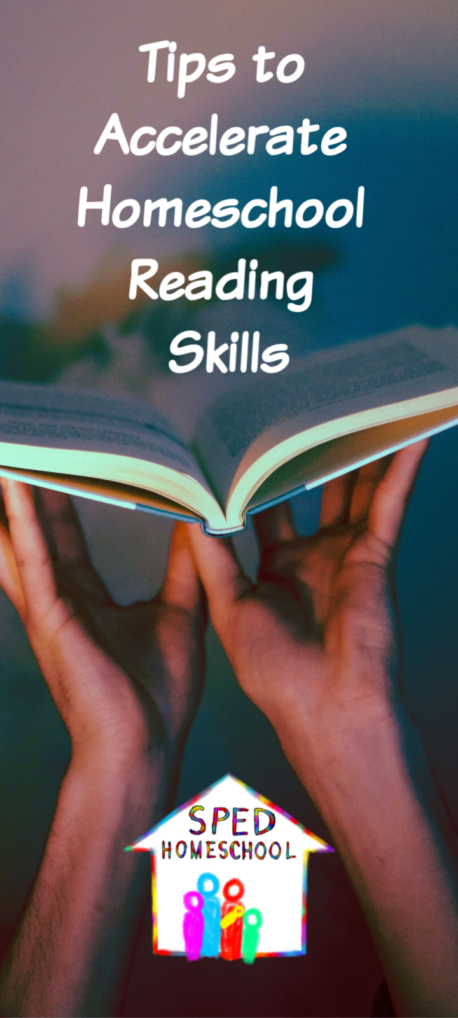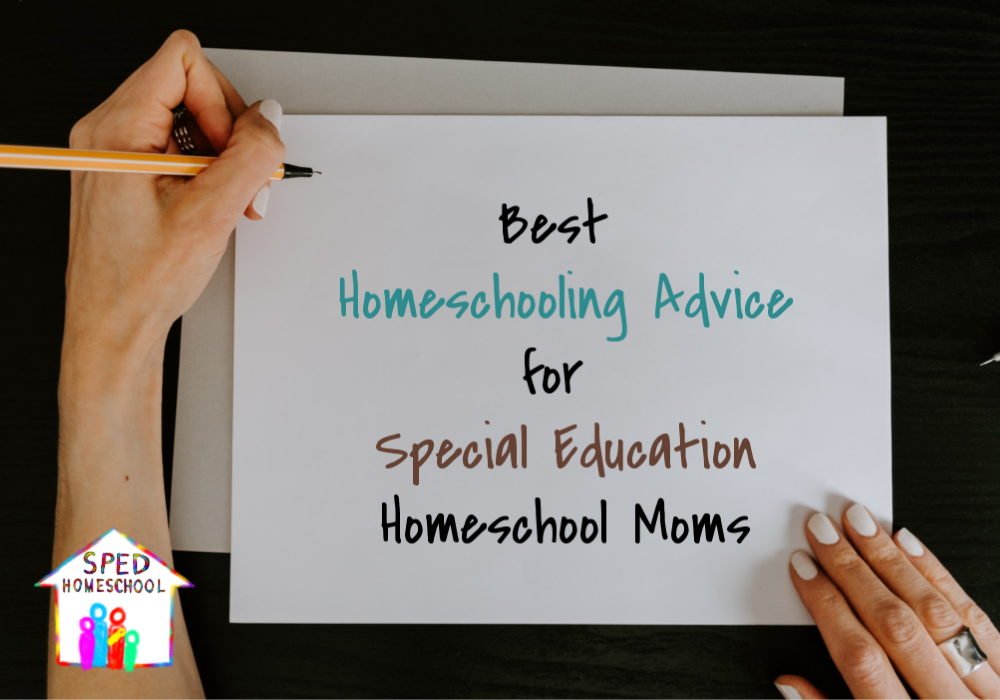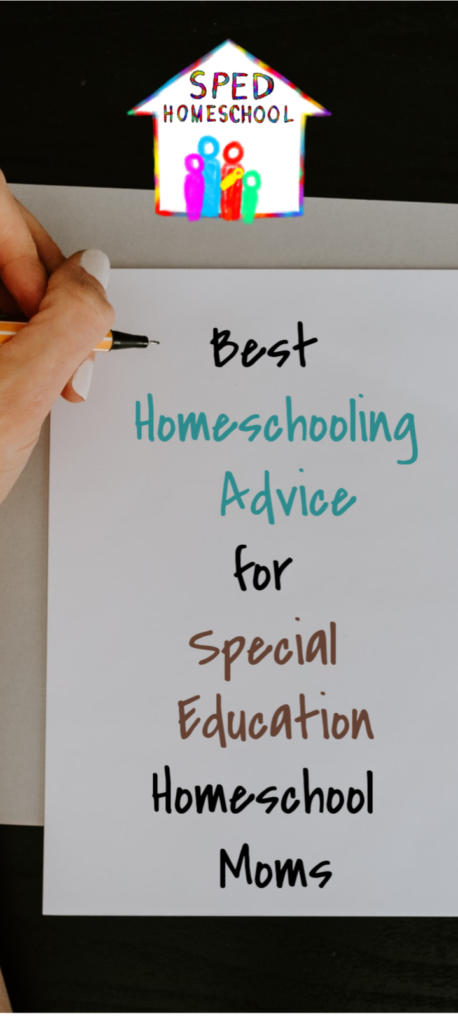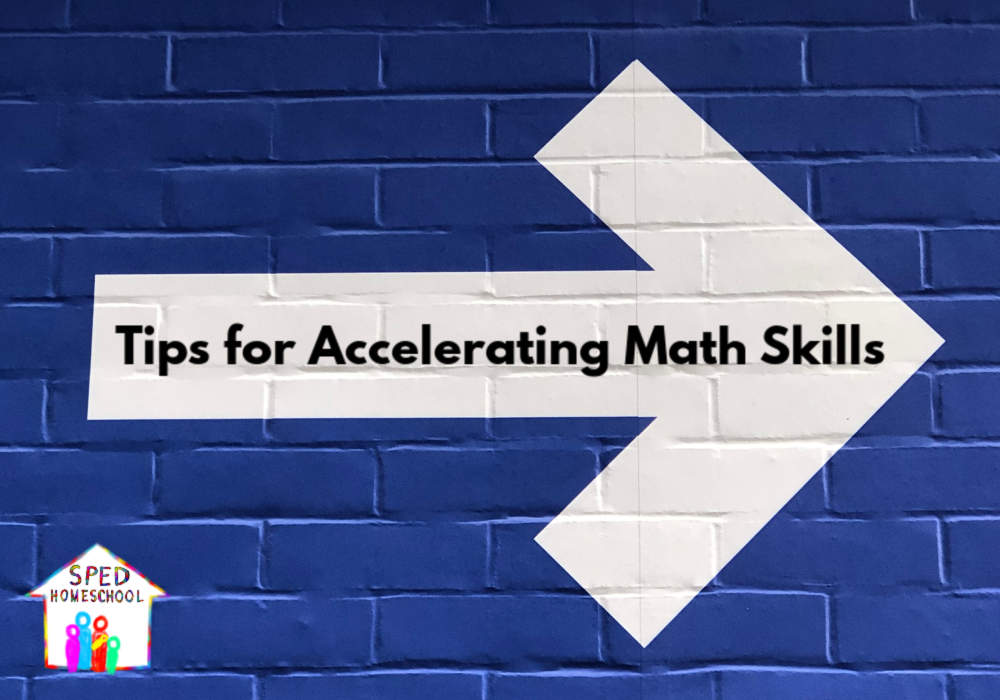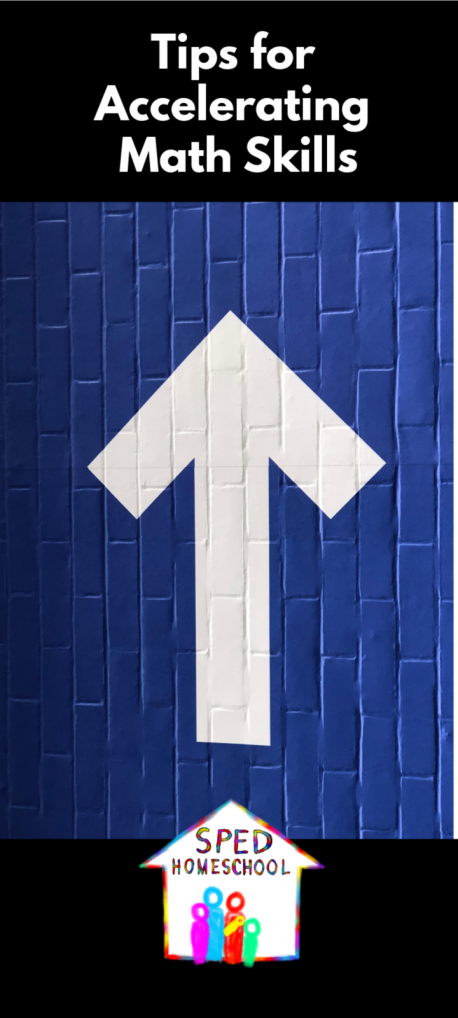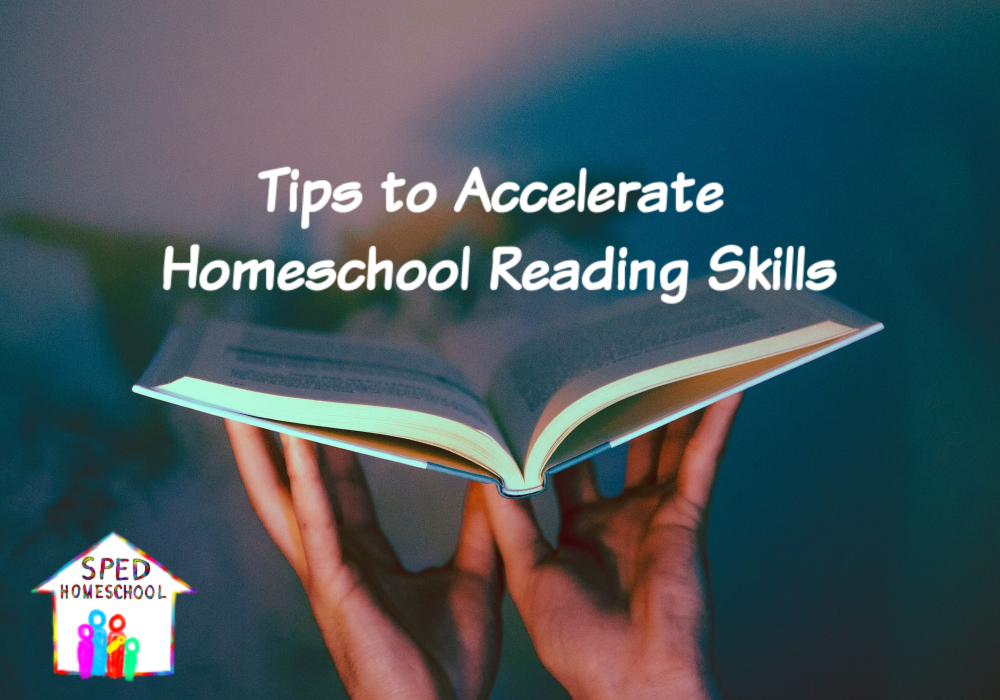
Jan Bedell, PhD, Master NeuroDevelopmentalist
If you are a parent of young children today or you teach your children at home, chances are very good that phonics is your exclusive go-to approach to teach reading. A conviction that phonics is the ONLY way to teach reading, and success with other children with this approach, leaves you purchasing one phonics program after another for a child that just doesn’t seem to “get it” with the current phonics program. Yet still, a satisfactory result eludes you. Sound familiar?
Many years ago, when I was in elementary school, reading instruction was a whole word approach. Definitely showing my age now! This method did work and I got through college while maintaining Dean’s List status. After graduation, my first job was teaching kindergarten where phonics was required. I learned right along with the students and I still find it very helpful in decoding unknown words to this day.
Don’t get me wrong, I love, love, love phonics as a way of teaching reading! I “taught” both of my girls to read in our home school with an intense phonics program. Well, to be perfectly candid, I only successfully taught one of my girls to read with phonics. The other one, labeled as developmentally delayed, struggled to read anything past a three-letter-word even though she mastered all 70 phonograms in isolation. I was perplexed, to say the least!
Reading is complex. The individual has to gain meaning from a string of symbols making up a word and then combine that with other strings of symbols to gain an understanding of what is written. Let’s explore from a NeuroDevelopmental perspective, the skills that make a successful reader?
Skills of Successful Readers
1. Visual Skills:
-
- Acuity – a reference to 20/20, is the eyes giving a clear picture to focus up close or focus at a distance
- Tracking – the eyes moving smoothly across a horizontal line without darting back or forth that would give the wrong feedback to the brain about what is seen
- Convergence – the eyes working together, placing the image of one eye directly on top of the other so there is no distortion of the letters or swimming of word on the page
- Central Detail Vision – the ability to see directly in front of you – children that didn’t go through the proper developmental steps to gain good central vision often don’t have good eye contact, they don’t write on a line well and often skip little words or parts of words on a page while reading. Consider this video from the YouTube Channel – Brain Coach Tips for information about checking the eye function at home.
-
- Visual Discrimination – the ability to see subtle differences between very similar words like “then” and “them” can be developed with practice – consider this Visual Discrimination Game to advance that skill
2. Auditory Processing:
A prerequisite skill to reading in general and for phonics, in particular, is auditory processing (auditory short-term memory). You may not have thought about it but phonics is an auditory approach to reading. You have to hold pieces of auditory information (sounds) in sequential order and sometimes even a rule together in your short-term memory to decode the word. The capacity to hold auditory sequential pieces of information together is called your auditory processing ability.
Without the foundational skill of auditory processing, phonics is a painful, frustrating and often ineffective way to learn to read. The good news is that with practice, an individual’s auditory processing can be raised and then phonics can be effective. An individual needs a strong level 5 or better yet, a 6 auditory digit span for phonics to work well. To get a free test kit to discover processing levels for your whole family visit www.BrainSprints.com (scroll down to the “Tools” section). This information will give you a clue as to whether low processing is a root cause of an individual’s reading struggle. When you accelerate this skill, you accelerate success in reading. Learn more: Auditory Processing-Best Kept Secret in Education
3. Information Storage:
From a NeuroDevelopmental perspective, the efficient storage of information or being able to get what is in that little brain out into a functional form requires proper placement of the information. It is a bit like a filing cabinet. If you put information in the 2nd drawer in the proper folder, it is easy to get it when you need it. Improper filing of a piece of paper in the 2nd drawer with no folder can be frustrating, time-consuming and energy expending to find. The same can be true of storage in the brain. For more understanding of dominance that is key to storage, watch “You Knew It Yesterday!”
An Alternative Approach
Many families have found help with the alternate approach to teaching reading. Children’s belief in themselves as readers has been restored with this different approach.
While you are working on the child’s auditory processing for two minutes twice a day, teach “sight words” by flashing cards and telling the child what the word is. If your child is an emerging reader, consider 3Rs Plus with the accompanying flashcard and detailed instructions. Beginning readers are very encouraged when they tell dad, “I read this whole book!” Granted the book is only 12 pages long and contains one to two sentences on each page but in their mind, they did read the whole book.
Children reading at 1st-grade level, I recommend Pathway Readers and the flashcards developed for the first few books in this series.
You can also read a sentence or two and in some cases a paragraph or a full page and have the child read the SAME selection after you. This is called Echo Reading and is a temporary but very effective approach to building reading confidence! For leveled books that will work on reading recognition as well as comprehension, just search “Reading” at the Brain Sprints Store.
Bringing This Information Together
So how do you square up your belief that phonics is the best way to teach reading with this new information? First, you realize that we are all sight-readers. Let me ask you this – Do you read all the words phonetically when you read? No, absolutely not. After you learn a word, you never sound it out again as it would be extremely slow and laborious to do otherwise.
Secondly, rest assured that as soon as your child’s auditory processing is at a level to handle phonics, you can go back to the phonics approach. In the meantime, your child has developed a really good sight word vocabulary and will feel encouraged by a new ability to read. The best of both worlds is now achieved! Your child has a head-start on identifying a word immediately and then will master an ability to phonically decode unknown words.
If a phonics approach or the sight word approach is not effective in teaching a child to read, one must explore other root causes by looking at how the eyes are working or where information is being stored in the brain. For more individualized direction consider a Free 15 minute Consultation with a Brain Sprints’ coach.
Did you benefit from this article?
Would you consider a small donation to support the ongoing work of SPED Homeschool?
Click Here to Donate Today
